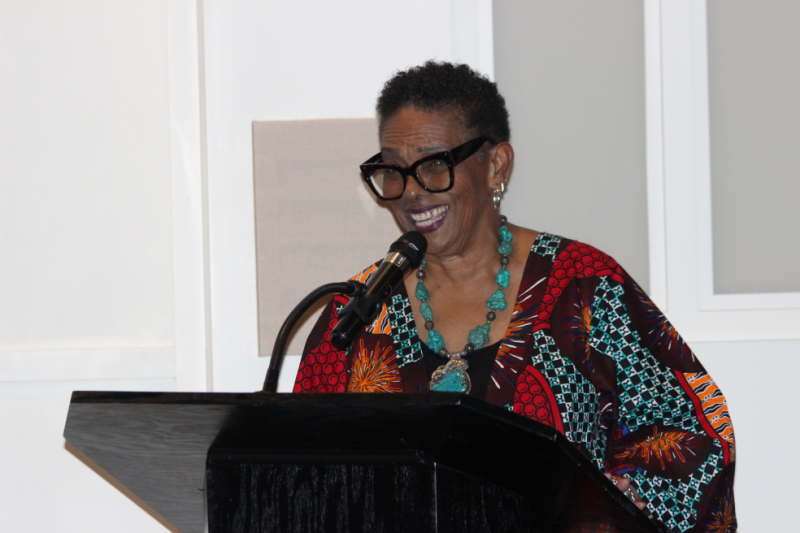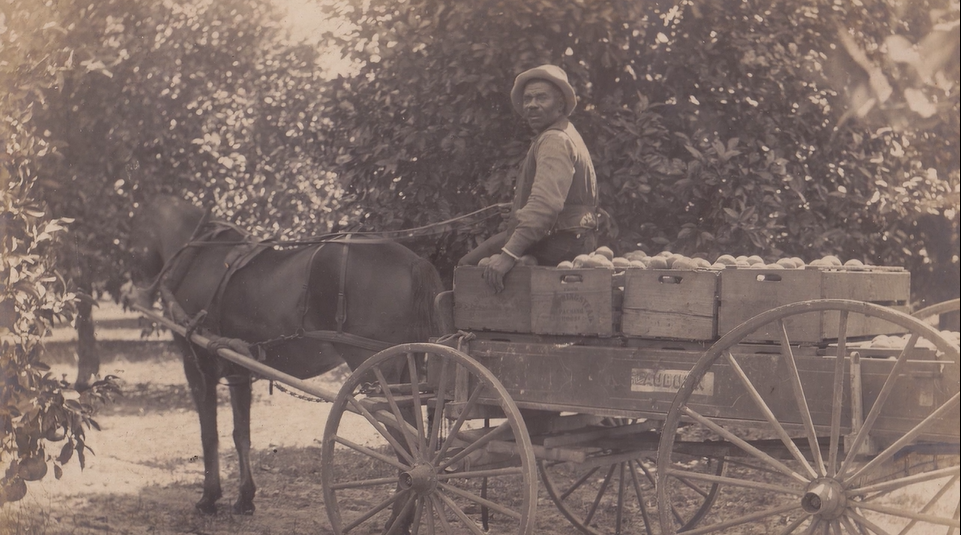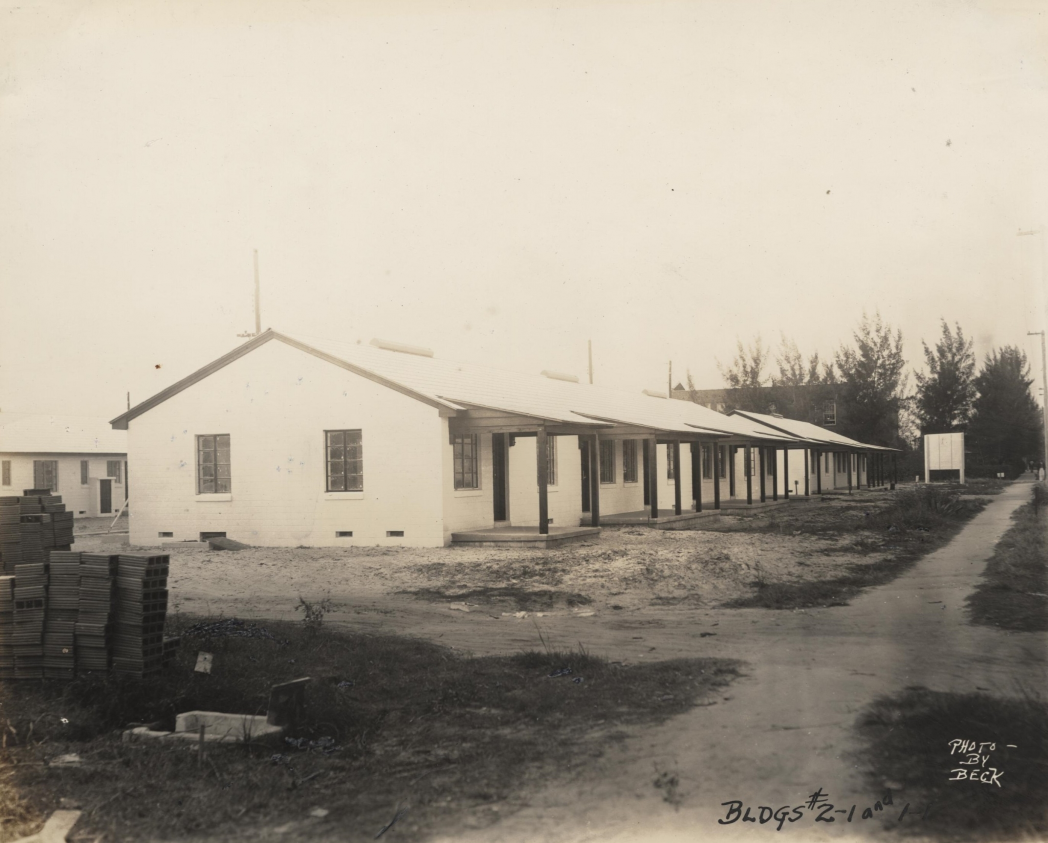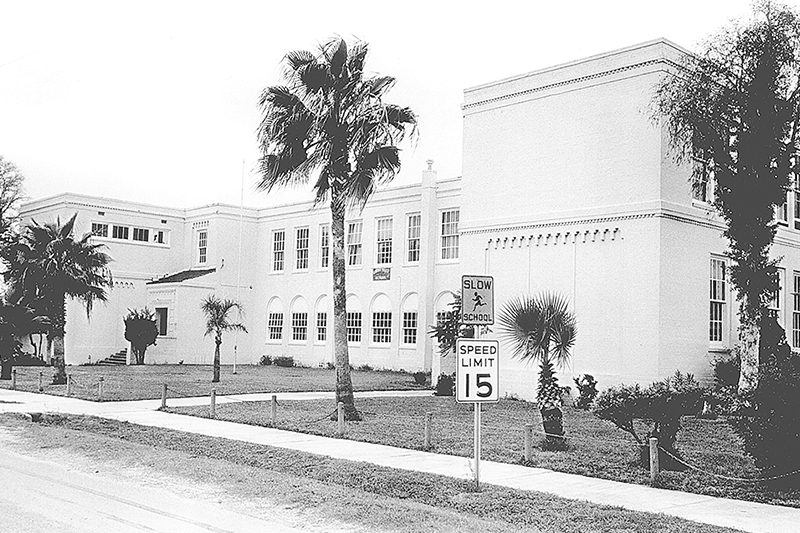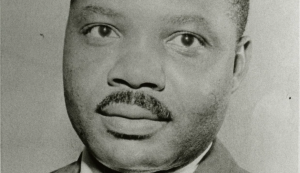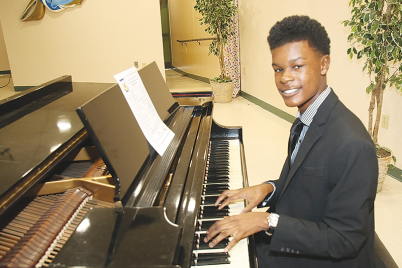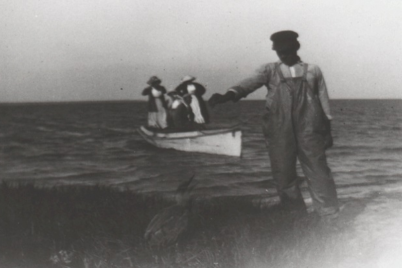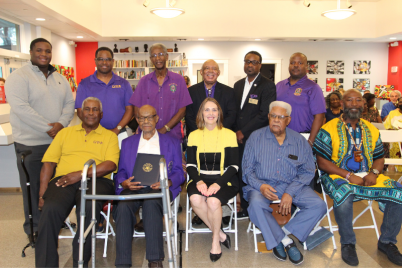Gwendolyn Reese, president of the African American Heritage Association, was the featured guest speaker at St. Petersburg Museum of History’s ‘Happy Hour with the Historian’ series for February.
BY FRANK DROUZAS | Staff Writer
ST. PETERSBURG — In honor of Black History Month, the St. Petersburg Museum of History’s “Happy Hour with the Historian” featured Gwendolyn Reese, president of the African American Heritage Association (AAHA), on Feb. 8.
Reese delved into the backstory of the African American Heritage Trail, which winds through the Deuces area and identifies landmarks, and provides details about the history of the city’s Black community with markers. The Trail, celebrating its 10th anniversary this year, began life as a volunteer project when Bill Foster was the mayor, Reese explained.
As he had heard many interesting stories from community members — namely while attending wakes and funerals — Foster told his friend Reese that these stories were a part of history and deserved to be preserved. They put out a call to the community to come together and find a way to record and share them.
“We started collecting stories and interviewing people, and very quickly we realized we thought we would publish a pamphlet, or a booklet or something, and then quickly we realized the richness of what we were getting from our community,” she said, noting that many also provided photos and memorabilia.
Awarded a grant of $50,000 from the state, the AAHA and the city moved forward with the project that had taken on a life of its own. Volunteers collected copious amounts of information for two and half years, which they had to condense.
“We would be crying because we didn’t want to cut something out, but we had to,” Reese said, “in order for it to get on those markers.”
The Trail focuses on the first 100 years of African Americans in the city, from the 1860s to the civil rights era. In 1868, John Donaldson, the first African American to come to the Pinellas peninsula, arrived here with his employer. Formerly enslaved, he met his wife Anna here as she worked for the same employer, and they purchased 40 acres of land between 31st and 34th Streets and 18th and 22nd Avenues South.
The only African American in the entire community at the time, he was accepted by everyone, Reese pointed out. Donaldson was a truck farmer who sold produce and was also the unofficial postman. A pioneer in every way, he even did his part to help St. Petersburg break away from Hillsborough County.
“John Donaldson, a formerly enslaved person who was supposedly illiterate and had to make a mark, actually signed the petition for St. Petersburg to secede from Hillsborough County and be a part of Pinellas County,” Reese said. “Is that not a pioneer?”
Elder Jordan, Sr., another pioneer who moved to the city around the turn of the last century, was able to loan money to the city because the banks wouldn’t accept his money at all.
“We don’t know if it was buried in the backyard or if it was in a trunk under the bed,” Reese said, “all we know is that he had access to money, and he thought enough of his community, believed in it. He was a philanthropist who wanted the best for this city that he was willing — a Black man, formerly enslaved human with Jim Crow racism every day — was still willing to loan the City of St. Petersburg money. Is that not a pioneer?”
Jordan Park, the third public housing project in the state, was named after him. It faced conflict and turmoil as white slum landlords opposed the housing because it affected their income. Over 200 units were built before construction was forced to halt, but a white female-led organization, possibly the League of Women Voters, Reese said, strongly lobbied in support of Jordan Park, and eventually, phase two of the project continued.
“All along, we’ve always had white opposition, but we’ve always had white support,” Reese said.
Jordan also built the Jordan Dance Hall in the 1920s, later known as the Manhattan Casino, the social hub of the African-American community for decades to come. There are markers on the Trail that honor the contributions of Donaldson and Jordan, and both men have descendants still living in the city to this day.
The Black community has over 13 historically designated buildings within a 10-block radius in the city.
“We have lost so many because we didn’t realize the importance of preserving our buildings early enough,” Reese said. “We should’ve preserved old Gibbs High School. We should’ve preserved many of our buildings that are a major part of our lives and our history.”
The Trail consists of two corridors—the Ninth Avenue corridor, which runs from Jordan Park to 16th Street, and the 22nd Street corridor, which goes from Fifth Avenue to 15th Avenue South, to the Deuces. Guided trolley tours are available every first Saturday of the month. The Trail is now digitized so that people can experience the rich history virtually. There are plans to expand the Trail into the historic Gas Plant district and Methodist Town.
“The Trail is such a significant part of your story, our story,” Reese said. “African-American history should not be isolated as African American history. It’s our history. We’re so busy separating it, and that’s an easy way to eradicate it, erase it or forget about it, but it’s our story together.”
The timeline of the Trail is bookended by Donaldson’s arrival and the city’s sanitation strike of 1968 — the same year Dr. Martin Luther King, Jr. was in Memphis supporting sanitation workers there. Afterward, he was expected to come to St. Pete to support the workers here, Reese said, but was assassinated in Memphis on April 4. His younger brother, A.D. King, and Dr. King’s friend, Rev. Ralph Abernathy, came to St. Pete to support the workers. The Trail explores St. Pete’s role in the civil rights era, including sanitation workers and teachers going on strike, young people staging sit-ins and even a dozen Black policemen suing for the right to patrol the entire city, who became collectively known as the Courageous 12.
“Throughout our history, we have struggled and fought to be treated equally, to have the same opportunities that others have,” Reese stressed. “And it’s still a struggle, and we’re still fighting that fight. So, it’s not over, and I think it’s very important for us to know the history and the stories so you can see the connection between then and now.”
African American contributions in business and education are marked on the Trail, Reese said, noting that Davis Academy opened in 1910 and was the city’s first school for Black students. It was not allowed to be open for a full term as the white schools were, and the classes taught were service-oriented. The teachers petitioned, boycotted and fought to hold academic classes there, but whites believed that Blacks, above all, needed to learn a service because that would benefit the greater community.
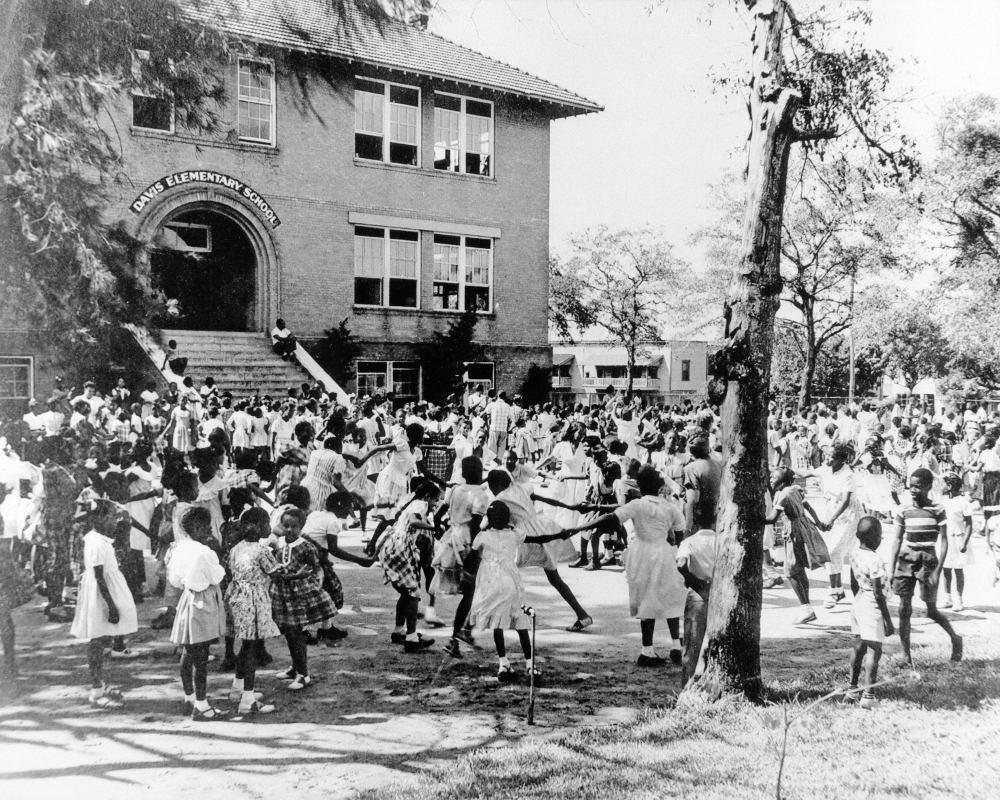
In 1910, Davis Academy, later to become Davis Elementary, opened as the first formal school for African Americans.
At that time, education for Black children ended at sixth grade unless the parents could afford to send their children to a private school, often connected with a historically Black college. The opening of Gibbs High School in 1927 marked the first time African American students could attend junior high and high school.
“There’s so much to learn from our history, and that’s the purpose of our Trail,” Reese said. “Our Trail is to tell you stories you may never have known; our purpose is to share the memories.”
The lines of segregation starkly divided the city, and even well-known baseball players down for spring training could not stay in hotels with their white teammates — they had to find lodging with Black families. Dr. Robert Swain, the first Black dentist to build a clinic in the 1950s, decided to build apartments to accommodate the players and ease the pressure on Black families.
“After he built the apartments, he realized, ‘Hey, I’m being complicit with racism! We need to sue the city for the right for these ballplayers to stay in the hotels with their teammates,'” Reese explained.
He did successfully sue the city, but hotels still refused to allow African Americans to stay there. In response, some teams abandoned St. Pete altogether, hurting the pocketbook of hotels that refused to accept Black players. Bill White, a St. Louis Cardinals player who would become the first Black president of the National League, was on one of those teams that called St. Pete its spring training home. Years later, when the Tampa Bay area was striving to attract a franchise, White said he remembered St. Pete, saying it was one of the most racist cities he’d ever visited.
Reese hopes the Trail will elicit empathy in those who decide to experience it and help them “understand how resilient, how strong, how determined we are still to be a vital, important part of this community. How important this community is. We’re not full of hatred. Not at all. We want a place to live that is safe, that is happy, that has opportunity — we want everything that everybody else wants.”
For more information on the African American Heritage Trail Association, visit afamheritagestpete.com. Click here for dates and times for the Historic Trolley Tour, or take the tour from the comfort of your own home by clicking here.

